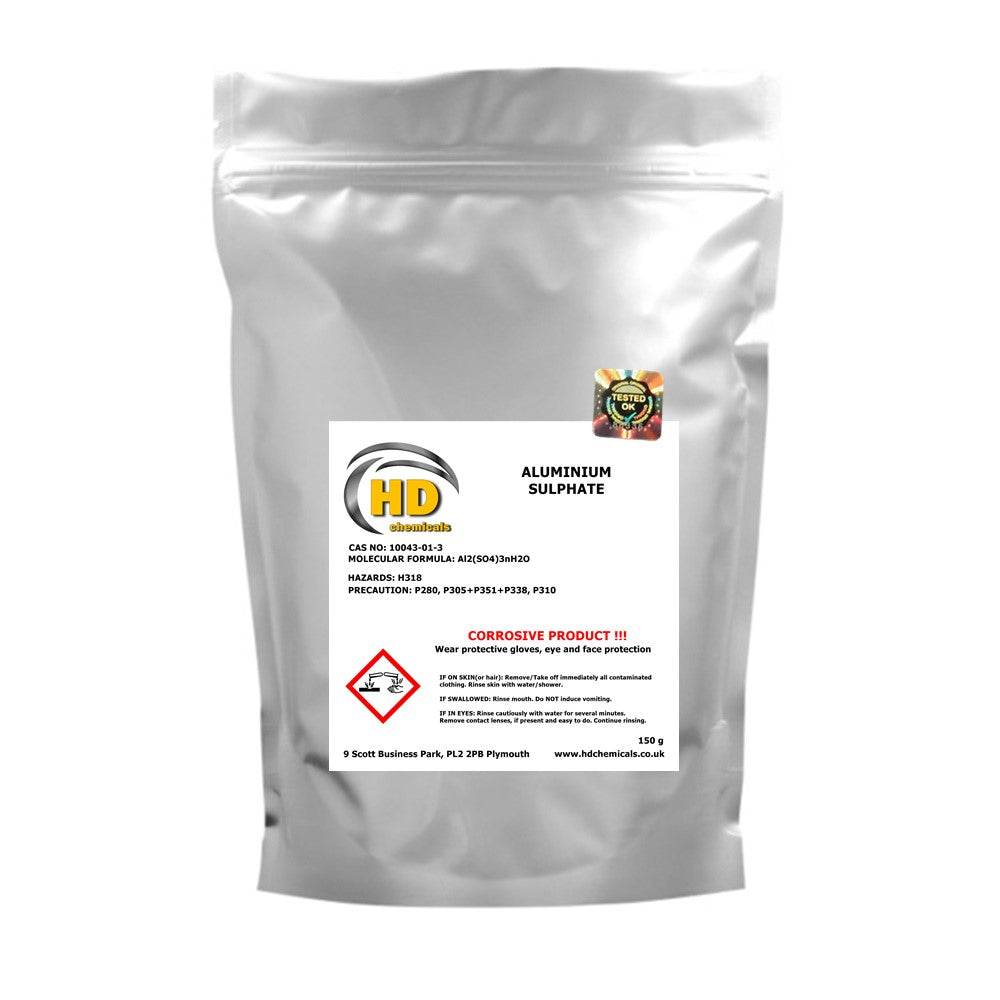Hydrangeas are known for their ability to change color based on the pH of the soil they are grown in. The availability of certain minerals in the soil can also influence their color. One of the most common methods to alter the color of hydrangea flowers is by using aluminum sulfate.

Here's how it works:
--> The pH level of the soil affects the availability of aluminum ions to the plant. Acidic soil (pH below 7) allows plants to absorb aluminum more readily, while alkaline soil (pH above 7) reduces the availability of aluminum.
--> To change the color of hydrangea flowers to blue, you would want to increase the acidity of the soil. This can be achieved by using aluminum sulfate, which is an acidic compound.
--> Here are the steps to apply aluminum sulfate to change the color of hydrangeas:
1. Test the Soil: First, test the soil pH using a soil testing kit. This will help you determine the current pH level of the soil and the required amount of aluminum sulfate.
2. Acidify the Soil: If the soil pH is not already acidic (pH below 7), you can acidify it by applying aluminum sulfate. Follow the recommended application rate based on your soil test results. It's crucial not to overapply, as excessive acidity can harm the plant.
3. Watering: After applying aluminum sulfate, water the plant thoroughly to help the compound dissolve and reach the root zone. This will enable the hydrangea to absorb aluminum and, in turn, affect flower color.
4. Results: Over time, as the plant absorbs the aluminum from the acidified soil, the hydrangea flowers should begin to shift from pink or white to shades of blue. The exact shade of blue may vary based on the initial color of the hydrangea and the specific cultivar.
Remember that the color change won't happen instantly and might take a few weeks or months to become noticeable. Additionally, aluminum sulfate should be used judiciously, as excessive use may cause harm to the plant and alter the soil pH drastically.
It's also worth noting that this method is most effective with hydrangea varieties that naturally exhibit color changes, such as bigleaf hydrangeas (Hydrangea macrophylla). Other hydrangea varieties may not respond to this technique as effectively or at all. Always follow the instructions provided with the aluminum sulfate product and consider consulting a local horticulturist or gardening expert for personalized advice based on your specific growing conditions.

The pH of the soil plays a significant role in determining the color of hydrangea flowers. Here's a general guide to the flower colors based on the soil pH:
1. **Blue Flowers** Hydrangeas tend to produce blue flowers in acidic soil with a pH ranging from around 5.0 to 5.5. In acidic conditions, aluminum becomes more soluble and available for uptake by the plant. As the plant absorbs aluminum, it contributes to the formation of blue pigments in the flowers.
2. **Pink or Red Flowers** Hydrangeas will produce pink or red flowers in alkaline soil with a pH ranging from around 6.0 to 6.5 and higher. In alkaline conditions, aluminum is less available to the plant, which results in the formation of pink or red pigments in the flowers.
3. **Purple Flowers** In some cases, hydrangea flowers may appear purple when the soil pH is close to neutral (around pH 6.0 to 6.5). The availability of aluminum and other factors can influence the specific shade of purple.
4. **White Flowers** The flower color of some hydrangea varieties is not significantly affected by soil pH, and they will remain white regardless of the soil's acidity or alkalinity. Examples include varieties like Hydrangea arborescens 'Annabelle.'
Keep in mind that the ability of hydrangeas to change color based on soil pH is most prominent in hydrangea varieties with the ability to undergo this color change, such as bigleaf hydrangeas (Hydrangea macrophylla). Other hydrangea species or cultivars may not exhibit significant color changes based on pH. Additionally, factors like genetics, sunlight exposure, and climate can also influence flower color to some extent. For best results, it's essential to choose hydrangea varieties known for their color-changing abilities and to carefully manage the soil pH to achieve the desired flower color.
